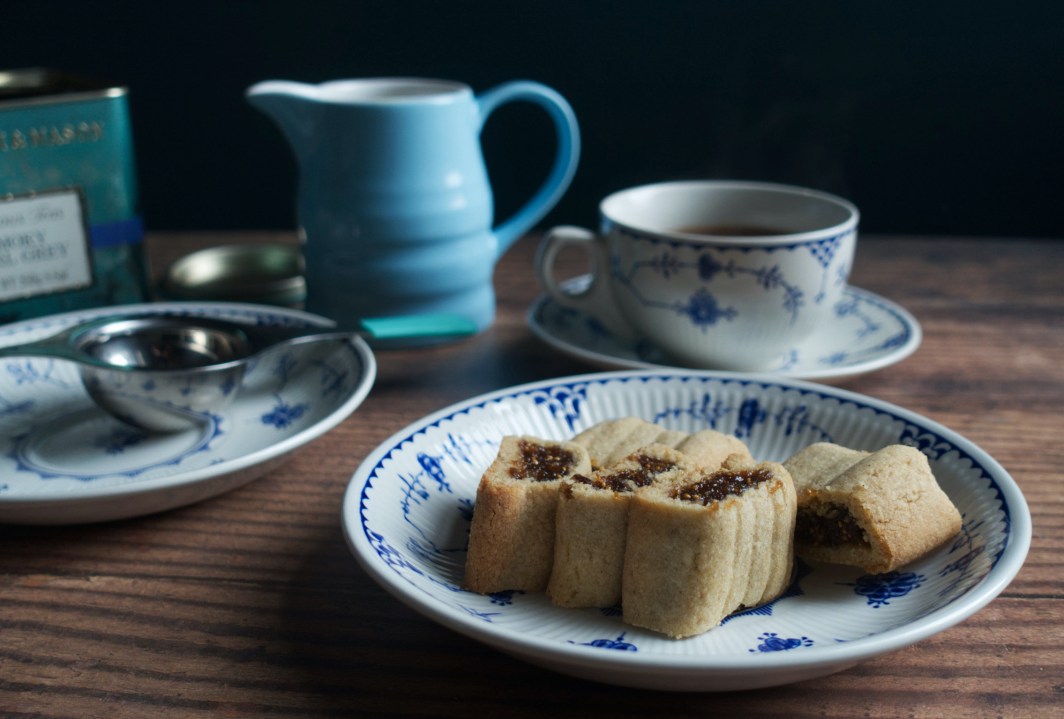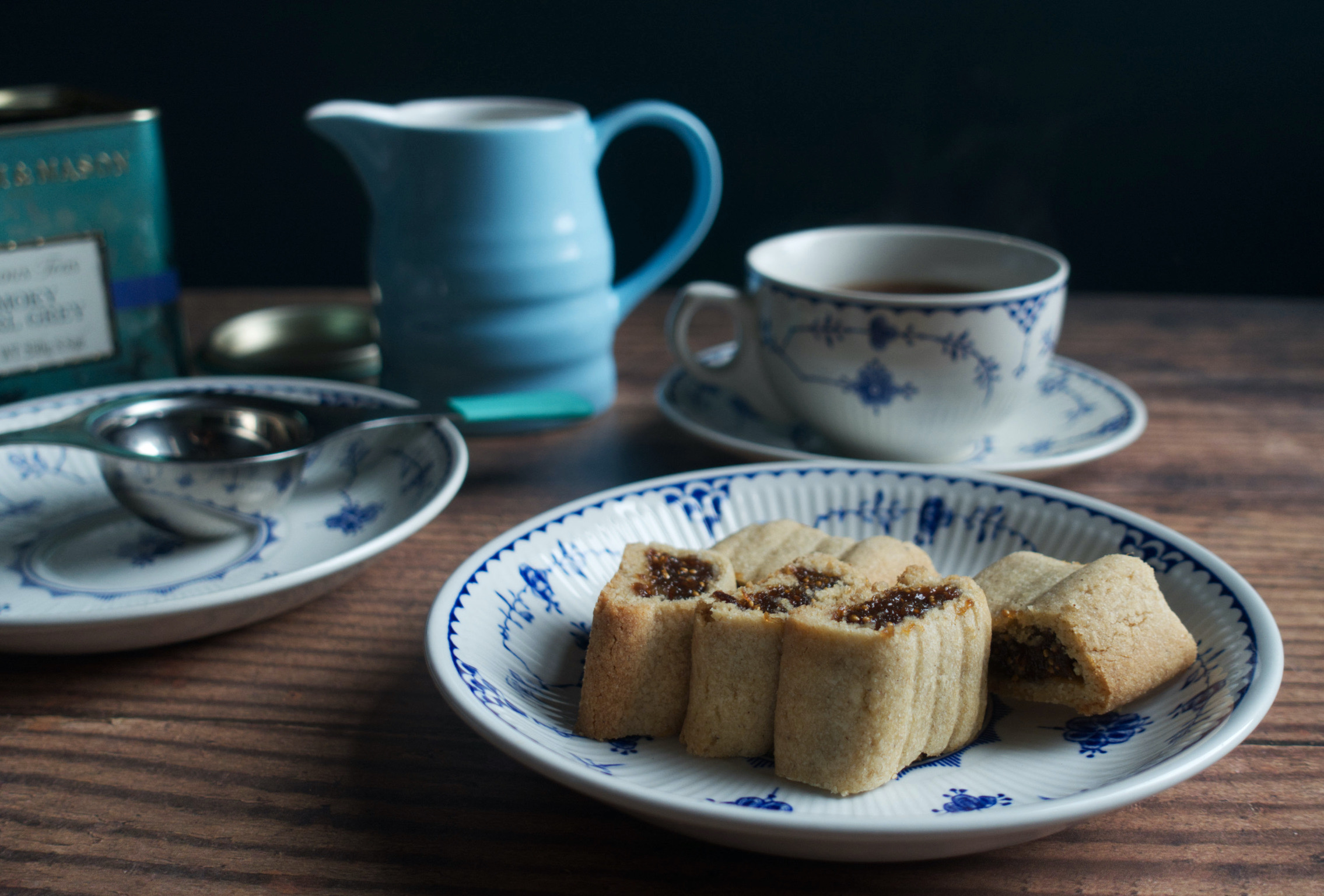I don’t often find myself longing for the industrial rigours of a factory when I’m baking in my kitchen at home. But as I patted the squiggle of fig paste with wet hands, corralling it into a rough sausage shape I thought ruefully of Charles Roser of Philadelphia and his patent for a fig roll machine.
In the late nineteenth century, poor digestion was thought to be the cause of a number of wider ailments and, as with breakfast cereal, biscuits were seen as an aid to digestion – and figs, of course, were a particularly digestion-friendly fruit. Brought over from Britain to America, the fig roll tended to be made by hand in small batches. That is, until 1891, when Roser came up with a machine which could pipe the fig paste directly into the cakey biscuit dough, a sort of sweet extrusion process. The Massachusetts Kennedy factory bought Roser’s recipe and method, and began commercial production of the biscuit, calling it the fig newton, after the nearby town of Newton.

Get Britain's best politics newsletters
Register to get The Spectator's insight and opinion straight to your inbox. You can then read two free articles each week.
Already a subscriber? Log in







Comments
Join the debate for just £1 a month
Be part of the conversation with other Spectator readers by getting your first three months for £3.
UNLOCK ACCESS Just £1 a monthAlready a subscriber? Log in